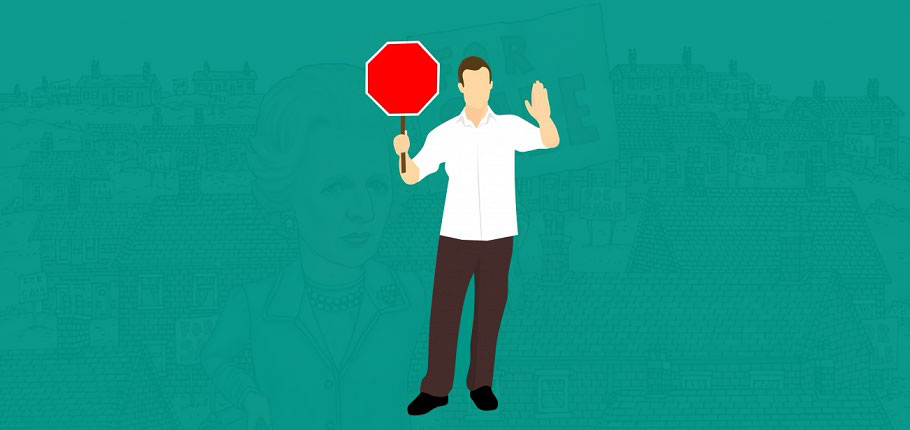Details have emerged from the Ministry of Housing, Communities and Local Government which indicate that local authorities in England sold 2,645 dwellings under the right to buy scheme from October to December 2018, an increase of 9.4% on the previous quarter.
In the same quarter, only 1,038 replacement dwellings were started on site or acquired, which is 32 per cent lower than the number of dwellings started or acquired in the same quarter of 2017-18.

Whilst quarterly right to buy sales are yet to match the pre-financial crisis level, the number of sales in the last quarter of 2018 is around four times higher than in the year before reinvigoration of the right to buy with increased discounts in April 2012.
Right to buy is a scheme designed to give many tenants living in secure social housing the opportunity to purchase the home they are living in at a heavily discounted rate. However, with UK housing prices in flux and many ageing council estates being demolished to make way for newer builds the volume of compulsory purchase orders on council estates has never been higher.
Local authorities are required by law to reimburse those displaced by future development plans; however it has recently come to light that often homeowners are being forced to accept sums far lower than market value.
The scheme met critical acclaim at its inception in the 1980s, however there is now a strengthened argument against the right, claiming that not only has it aided the soaring property prices through deferred transaction agreements but it has also conversely resulted in a predominantly large number of council owned properties residing in less-desirable areas, with lower employment opportunities where people are more reluctant to buy. This has led to those who live in social housing within these areas becoming stereotyped and stigmatised further.
In October last year, CIH produced analysis showing that right to buy discounts had climbed to £1 billion a year, costing local authorities £300 million a year.
According to CIH’s calculations, reducing discounts by just a third could free up enough funds to deliver an extra 12,000 homes a year. Since the reinvigoration of right to buy, 75,618 homes have been sold, while just 21,890 homes have been started or acquired to replace them.
CIH chief executive Terrie Alafat CBE said “These latest figures confirm CIH's view that the wider costs of Right to Buy exceed its benefits. With far more homes being sold than are replaced, Right to Buy is significantly reducing the number of badly needed affordable homes available. Our research last year showed that more than 150,000 of the most affordable rented homes have been lost across England in just five years and predicted that loss will reach nearly 200,000.
“With homelessness and rough sleeping dramatically increasing we cannot afford to lose so many of our most affordable homes.
“This is why CIH is urging the Government to suspend the scheme and invest the savings in more homes for social rent – which is often the only truly affordable option for people on lower incomes. We need to look at fairer ways to help tenants into home ownership, because this is clearly not the way to do it.”
Right to buy was abolished in Scotland in 2017.
- Log in to post comments













